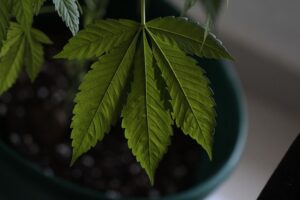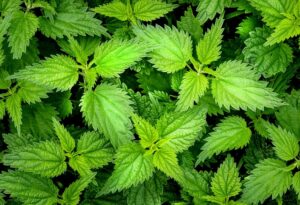
The emergence of THCA (Tetrahydrocannabinolic Acid) flower as a topic of interest in scientific and recreational communities highlights its unique properties, including non-psychoactive precursor status to THC and distinct effects. Proper understanding of THCA flower's composition is vital for safe consumption, with dosage guidelines tailored to individual tolerance and product potency. Consumers should consider their method of consumption, whether for wellness or recreational use, to navigate the effects responsibly.
THCA flower dosage guidelines recommend starting with conservative amounts, especially for new users, who might begin with 1-2 milligrams of THCA per every 10 pounds of body weight once or twice daily. The legal status of THCA flower varies by jurisdiction, so users must be aware of local laws.
Consumption methods include inhalation (smoking/vaporizing) and ingestion (edibles/capsules), each with its own onset time and considerations. Inhalation delivers effects quickly, while ingestion provides a slower but more sustained impact, with the body potentially converting THCA to THC through metabolic processes.
Regardless of the consumption method, following THCA flower dosage guidelines is essential for safety and an enjoyable experience. Users should start with smaller doses, monitor effects, and adjust as needed, considering the differences between inhalation and ingestion methods. Adherence to dosing advice helps optimize the use of THCA flower within legal boundaries for therapeutic or recreational purposes. Always consult with healthcare professionals or dispensary experts when integrating THCA flower into a health and wellness routine, especially if you are sensitive to cannabis effects or live in an area with strict cannabis regulations.
Explore the intricate world of THCA flower, a cannabinoid-rich botanical gem that’s capturing the attention of enthusiasts and researchers alike. This article delves into the multifaceted aspects of THCA (Tetrahydrocannabinolic Acid), from its botanical origins to the intricate chemistry of its key compounds. We’ll guide you through optimal harvesting techniques, cultivation practices that enhance THCA content, and the varying legal landscapes surrounding this cannabinoid. As we navigate through dosage guidelines for THCA flower, we aim to provide a safe starting point for both novice and seasoned users. Understanding the entourage effect, the role of terpene profiles, and the effects of THCA flower are crucial for an enlightened experience. Additionally, this article addresses safety concerns, dosage adjustments, market sourcing tips, home extraction methods, and the future of THCA research. Join us on this journey to personalize your THCA experience and maximize its therapeutic potential.
- Understanding THCA Flower: A Botanical Overview
- THCA Flower Chemistry: The Key Compounds Explained
- Harvesting and Cultivation Practices for Optimal THCA Content
- Legal Status of THCA Flower Across Different Jurisdictions
- Dosage Guidelines for THCA Flower: A Safe Starting Point
- Methods of Consumption: Inhalation vs. Ingestion
Understanding THCA Flower: A Botanical Overview
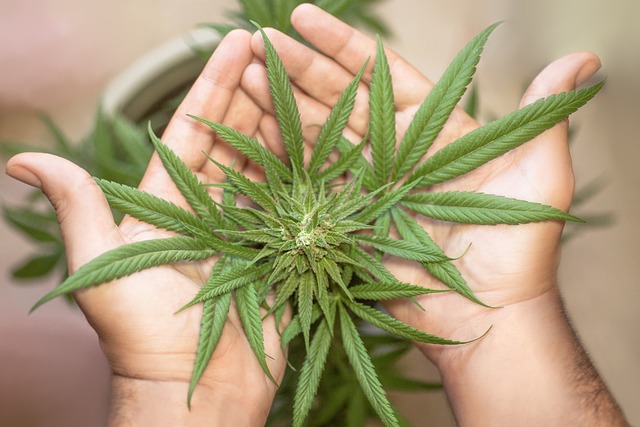
Cannabis flowers containing THCA (tetrahydrocannabinolic acid), the precursor to THC (tetrahydrocannabinol), are gaining attention in both scientific and recreational circles. THCA is the raw, non-psychoactive form of THC found in raw cannabis plants or flowers that have been harvested but not yet dried or cured. Understanding its unique properties and potential benefits is crucial for anyone looking to explore its effects responsibly.
The botanical composition of THCA flower is complex, with the compound existing in a fresh state within the trichome glands of the cannabis plant. These glands are the site of THCA synthesis and are responsible for producing a wide array of cannabinoids, including THC, CBD (cannabidiol), and CBN (cannabinol), among others. Consumers interested in THCA flower should adhere to dosage guidelines specific to their tolerance and the product’s potency. Proper dosing is essential for a safe and controlled experience, as the effects of THCA can be quite different from those of its decarboxylated form, THC. Once heated, THCA converts to THC, which has psychoactive properties. Therefore, it’s important to consider the intended method of consumption when determining THCA flower dosage guidelines, whether for medicinal or recreational use. Consumers should also be aware that THCA flower’s effects may include a clear-headed high, pain relief, and potential anti-inflammatory properties, making it a subject of interest for both therapeutic and personal wellness applications.
THCA Flower Chemistry: The Key Compounds Explained
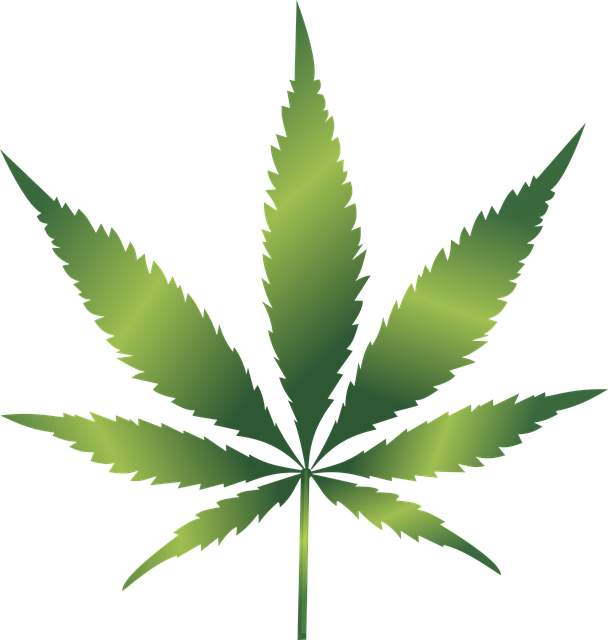
THCA, or Tetrahydrocannabinolic Acid, is the precursor to THC, the psychoactive compound found in cannabis that is well-known for its therapeutic and intoxicating effects. In its raw form, THCA exists in the flower of the cannabis plant and possesses a unique set of properties distinct from those of its degraded forms. Understanding the chemistry behind THCA flower is crucial for consumers seeking to harness its potential benefits.
When considering THCA flower dosage guidelines, it’s important to approach consumption with caution due to the compound’s potency. Unlike THC, THCA does not induce psychoactive effects until it is exposed to heat, which converts it into THC during processes like decarboxylation in cooking or vaporizing. Therefore, users should start with low doses to gauge individual sensitivity and effects. The recommended starting dose typically ranges from 5 to 10 milligrams of THCA per serving, depending on the user’s experience level and body chemistry. It’s advisable to wait for an hour or more to assess the effects before considering an increase in dosage. Always refer to specific product labels for guidance tailored to the particular strain and formulation being consumed.
Harvesting and Cultivation Practices for Optimal THCA Content
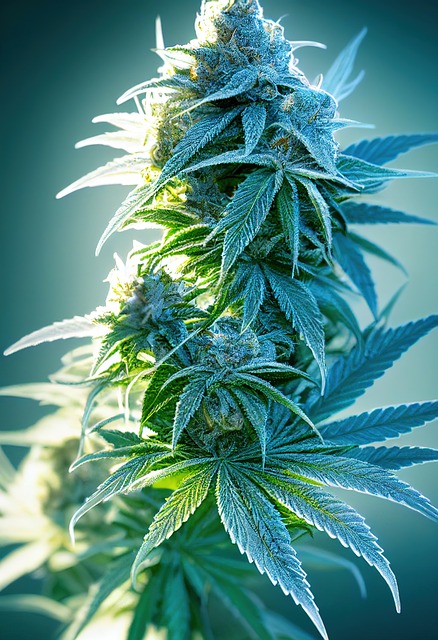
Harvesting THCA-rich flowers is a meticulous process that requires careful timing to ensure optimal THCA content. Growers must monitor the maturation of their plants closely, as THCA synthesis peaks just before the flower enters the late bloom stage. The ideal harvest time for maximizing THCA levels is typically when the pistils of the flowers turn amber, indicating a mature plant that has converted more cannabinoid precursors into THCA. This stage is pivotal as it sets the foundation for subsequent processing and extraction methods aimed at preserving THCA or converting it to other cannabinoids like THC or CBD, depending on the desired end product.
Cultivation practices play a crucial role in the accumulation of THCA within the flowers. Starting with genetics, selecting strains known for their high THCA potential is vital. Environmental factors such as light intensity, temperature, humidity, and nutrient availability must be carefully controlled to maintain plant health and promote cannabinoid production. Soil quality, particularly in outdoor cultivation, is also significant, as it can influence the overall well-being and cannabinoid profile of the plants. Additionally, training techniques like low-stress training (LST) or high-stress training (HST) can optimize light exposure and airflow, which can enhance THCA synthesis. Hydroponic systems, on the other hand, offer a controlled environment that can lead to higher concentrations of THCA when properly managed. Regardless of the method, the goal is to create conditions that allow the plant to allocate resources efficiently towards cannabinoid production while minimizing stress and maintaining high-quality flower for optimal THCA content. Dosage guidelines should be established based on the potency of the THCA flowers and individual tolerance and intent, ensuring a safe and enjoyable experience for consumers.
Legal Status of THCA Flower Across Different Jurisdictions
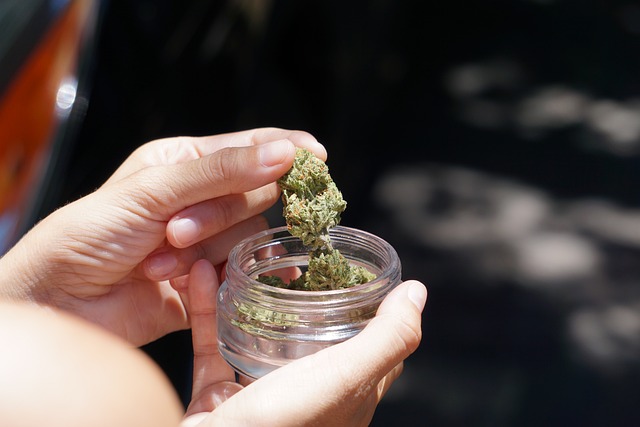
The legal status of THCA flower, which contains the non-psychoactive acidic precursor to THC (tetrahydrocannabinol), varies significantly across different jurisdictions. In regions where cannabis has been fully legalized for adult use, such as certain states in the United States, THCA flower is typically included within these laws, provided it contains less than a specific threshold of THC to be classified as hemp under the 2018 Farm Bill. However, regulations can differ markedly; for instance, in some countries like Canada, where cannabis is legal nationwide, products containing THCA are regulated similarly to those with THC. Dosage guidelines for THCA flower are an emerging area of discussion within the scientific and medical communities, as research continues to uncover its potential therapeutic benefits. Users should exercise caution and consult with healthcare professionals or follow dosage recommendations provided by knowledgeable dispensary staff when incorporating THCA flower into their wellness routine. It’s crucial for individuals to understand the legal landscape of their specific location before purchasing or using THCA flower, as possession and use could lead to legal complications in areas where cannabis remains strictly regulated or is illegal.
Dosage Guidelines for THCA Flower: A Safe Starting Point
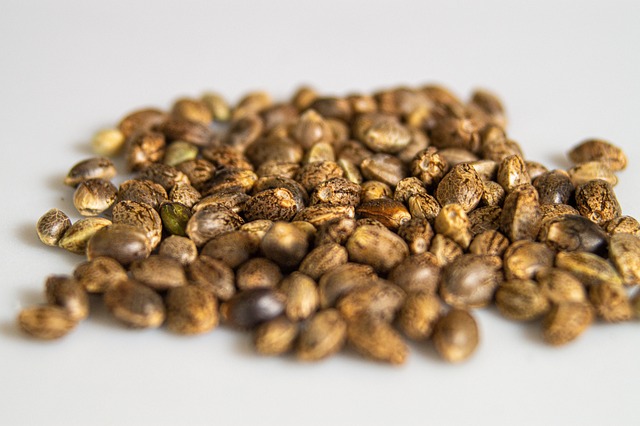
When exploring the therapeutic potential of THCA flower, understanding dosage guidelines is crucial for a safe and effective experience. THCA, or Tetrahydrocannabinolic Acid, is the raw form of THC found in cannabis plants before it has been decarboxylated through heating. As such, dosing THCA flower differs from its activated form. For those new to THCA or cannabis in general, it’s advisable to start with a low dose to gauge individual sensitivity and effects. A common starting point is 1-2 milligrams of THCA per 10 pounds of body weight, consumed once or twice daily. This dosage can be adjusted based on the individual’s experience and the specific strain’s potency. It’s important to note that THCA interacts differently with everyone, so it’s essential to proceed with caution and allow time for the effects to be felt before considering an increase in dosage. Additionally, factors such as tolerance, metabolism, and the method of consumption (inhalation or ingestion) will influence how much THCA flower one should use. Always prioritize personal comfort and consult with a healthcare professional if you have any concerns regarding dosage guidelines for THCA flower. With careful consideration and responsible use, THCA flower can be integrated into a wellness regimen effectively and safely.
Methods of Consumption: Inhalation vs. Ingestion
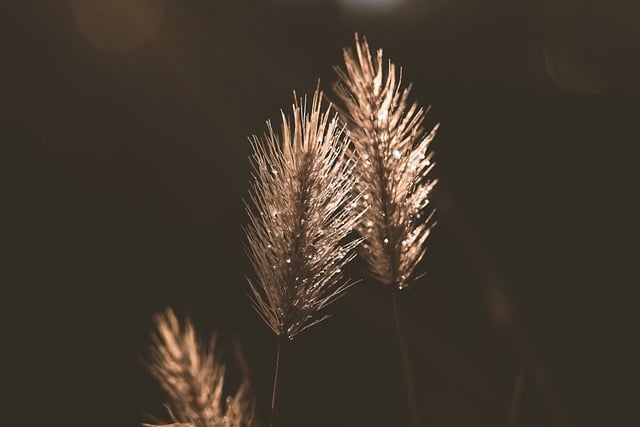
THCA flower, rich in Tetrahydrocannabinolic Acid (THCA), presents a landscape of consumption methods that cater to diverse preferences and needs. When considering THCA flower dosage guidelines, it’s crucial to differentiate between two primary methods of consumption: inhalation and ingestion. Inhalation methods, such as smoking or vaporizing, offer a rapid onset of effects due to the direct introduction of THCA-laden smoke or vapor into the lungs, which then diffuses into the bloodstream. This method allows for quick dose adjustments as the user can feel the effects within minutes. However, inhalation methods may come with respiratory considerations and are subject to the limitations of combustion.
In contrast, ingestion methods like edibles or capsules provide a more gradual onset of effects, typically taking anywhere from 30 minutes to 2 hours for full impact. The THCA is absorbed through the gastrointestinal tract and undergoes ‘first-pass’ metabolism, which can alter its potency. Ingestion methods are often preferred for their longevity of effects and the potential for precise dosing as per THCA flower dosage guidelines. They also eliminate respiratory concerns associated with inhalation. However, users should be cautious with dosing when ingesting, as the effects can be more pronounced and longer-lasting due to the body processing the compound through the liver, leading to the production of metabolites like THC and 11-OH-THC. Regardless of the method chosen, adherence to THCA flower dosage guidelines is imperative for a safe and enjoyable experience. Users should start with lower doses and wait for the effects to be fully realized before considering any adjustments, especially when transitioning between consumption methods.
The exploration into THCA flower has shed light on its botanical origins, chemical composition, and the nuances of its cultivation. Understanding the optimal conditions for harvesting to maintain high THCA content is paramount for enthusiasts and producers alike. As legal frameworks evolve, the status of THCA flower continues to be a dynamic consideration across various jurisdictions. When it comes to dosage guidelines for THCA flower, safety and personal tolerance are key factors to consider for an enjoyable and responsible experience. Whether consumed via inhalation or ingestion, the methods of use present distinct pros and cons. This comprehensive overview aims to empower readers with knowledge, guiding them through the complexities of THCA flower, ensuring informed and safe engagement with this unique botanical substance.
